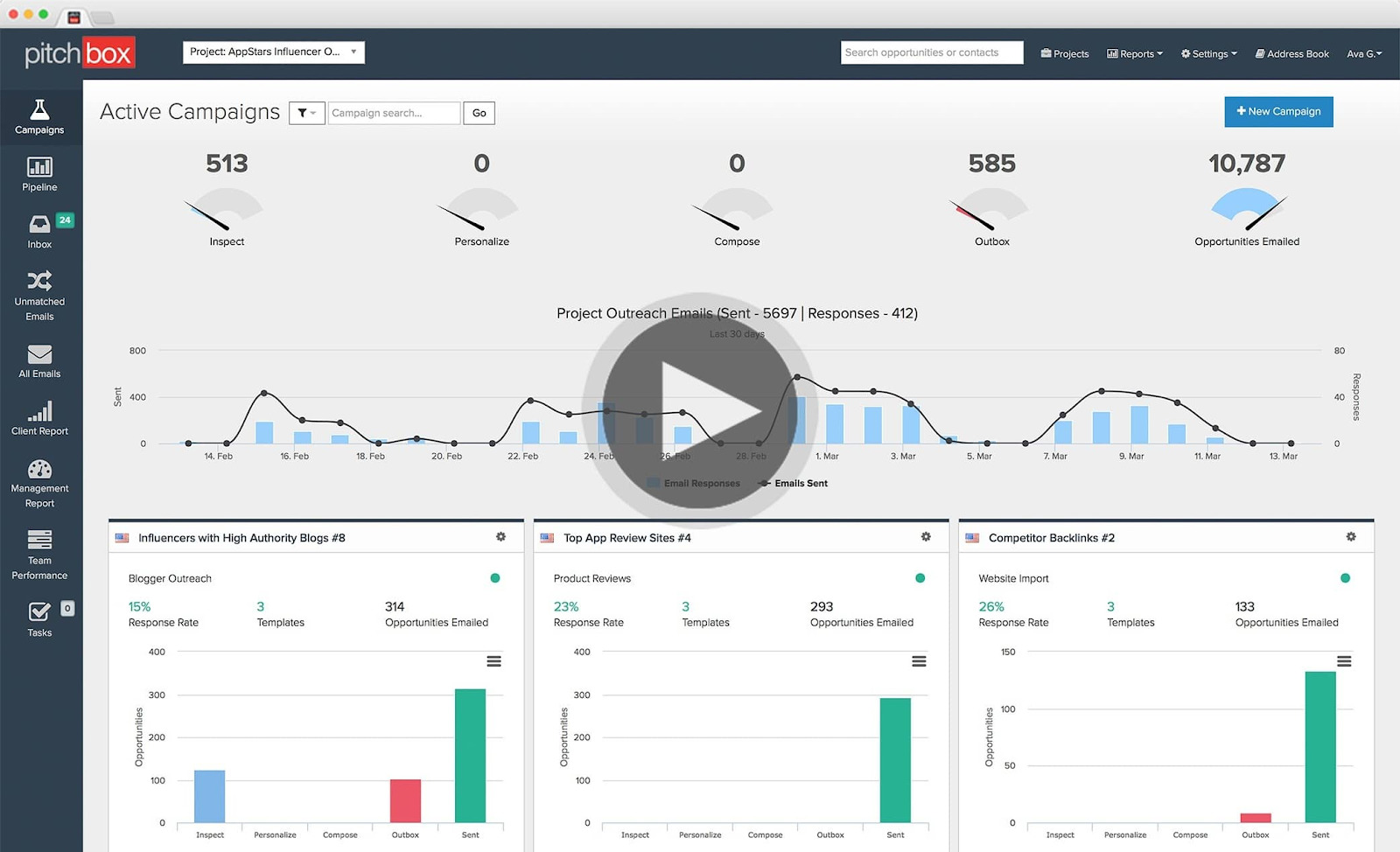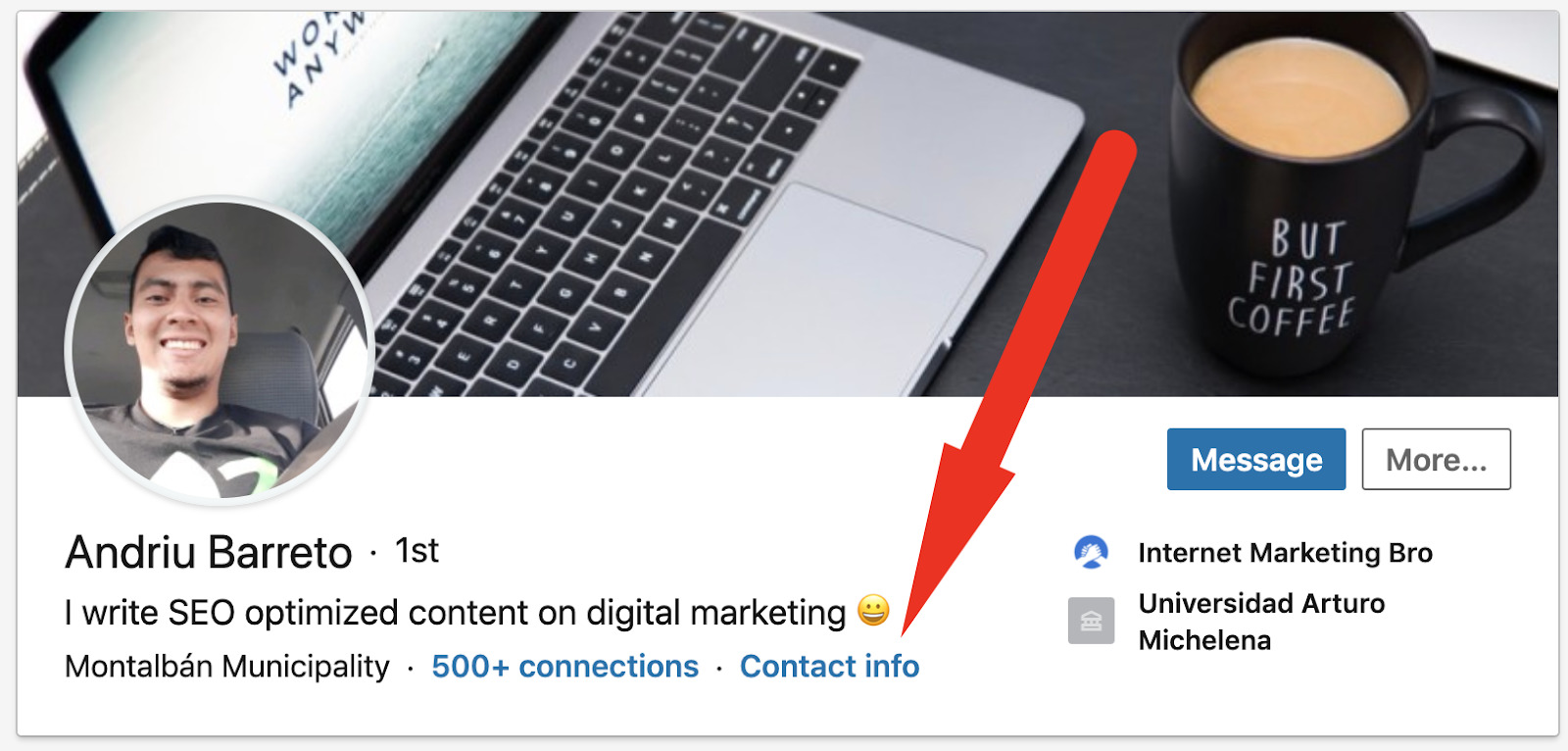How to Run a B2B Cold Email Outreach Campaign [8 Steps]
![How to Run a B2B Cold Email Outreach Campaign [8 Steps]](/content/images/size/w1200/wordpress/2020/04/coldemail-scaled.jpg)
How to Run a B2B Cold Email Outreach Campaign [8 Steps]
If by the end of this article, you feel comfortable enough to set-up, run, and optimize your own B2B cold email outreach campaign then I will consider this guide a success.
(If you still have some questions please leave a comment below so I can address your questions directly)
In 2020 there are still a lot of question marks around cold email, the legality of it as an effective marketing strategy and whether or not it works in generating new leads and clients.
Unfortunately, we will not be touching on the legality side of things in this guide as there is no clear answer and it largely depends on how you are using cold email.
Instead, we will be focusing on the 8 steps that you can take right now to leverage cold email for B2B outreach.
Before we jump into the 8 steps to running a successful cold email campaign, I want to quickly define what “cold email” is…
Essentially, a cold email is an email that you send to someone that has not opted in to receive an email from you (unlike a mailing list for example). If done correctly, they can be extremely effective and that’s what we are going to focus on in this guide.
So let’s get started!
Step #1: Familiarize yourself with the tools
Before we get started on showing you how to craft your cold email campaign we want to introduce you to a couple of the tools you will need to run a campaign.
We are not affiliated with any of these but they are known as the market-leading services, which is why we are recommending them.
Mailshake

Mailshake is probably the most popular and affordable cold email solution that allows you to connect your gsuite account or even custom email server and manage campaigns in a simple to use dashboard.
Woodpecker

It wouldn’t be fair not to mention Woodpecker as these guys run an incredible operation. They have tons of features and an amazing development team. Plus their support is next level. So if you are an organization that values actually being able to communicate with someone at the company then I highly recommend them.
Also, Woodpecker has tons of customization options and white-label features.
Pitchbox

Although I don’t personally have tons of experience with Pitchbox, I know that it is considered the go-to standard for agencies who are running multiple campaigns. So if you are looking to scale your operation then they might be worth looking into.
Step #2: Find your prospect list
Now that you have selected your cold email client in the previous step, we are going to focus on where to find potential prospects.
I am going to provide a few ways of doing this but ultimately this is largely going to depend on what your objective is, what niche you are in, and so on…
If you are in industrial equipment sales then Pinterest might not be the best option for finding prospects.
That said, I am going to provide some examples that should apply to most of you reading this.
Hunter.io

Hunter is a great app that scours the internet for relevant emails for a list of websites that you provide.
So let’s say you have a list of prospect websites, you can upload the list of URLs into Hunter and they will return the most relevant info.
Most people don’t know this, but when you connect with someone on LinkedIn you can almost always see their contact info by clicking here…

So if you want to take more of a “sniper” approach then you can first connect with your ideal prospects on LinkedIn and then gain access to their email.
Instagram is an untapped goldmine that almost nobody considers. You can scrape massive lists of emails by hashtag or even target by specific keywords.
Most people have their emails publicly available for you to see so anyone could create a fairly simple script to scrape emails in bulk.
Step #3: Have a Clear CTA
Before you start writing your campaign, which we will get to a bit later, you want to make sure you have a clear goal and call to action (CTA).
It’s very likely that your prospects are bombarded by all kinds of emails daily so if your email does not make it clear what you are asking for then chances are it will be disregarded immediately.
So what are some common CTAs?
I have listed some examples below of some CTAs that are so simple that even a monkey could follow…
“Book a free consultation call with me using the following Calendly link: [YOUR URL]”
“If this sounds interesting to you at all just reply “Yes” to this email and I will send over some more info (one-word reply is totally fine).”
“I created a video on how [COMPANY NAME] can improve [PAINPOINT]. Do you mind if I send that over to you?”
You want to make sure that your prospect can reply to your email with one simple word without having to think too much.
The more thinking and time that your email demands, the less likely they will be to respond.
Step #4: Customization & Personalization
Do you want to take the sniper approach to cold email or the volume approach?
The “sniper” approach refers to highly targeted and customized emails that are very specific to the person you are sending it to. There is a much higher conversion rate with this type of approach but it is much harder to scale.
That being said, with tools like Mailshake you can have the best of both worlds…
You can add all kinds of customized fields to your campaigns like {FIRSTNAME} or even custom snippets of texts that you can organize and import via CSV files.
So you can spend a few hours organizing a detailed CSV file with specific entries in each column, add those customization tags to your email and then send off hundreds of customized emails at scale.
Step #5: Campaign Optimization
The really cool thing about the tools mentioned above is that you can perform all kinds of A/B tests to see which subject line performs better than the other or which email copy generates the most responses.
This is arguably the most important part of running a cold email campaign. Is the monitoring and continuous improvement of your results.
Step #6: Use emojis
Although studies report conflicting evidence on whether or not emojis increase open rates, in my experience subject lines with strategically used emojis greatly outperform subject lines without them.
Using the tools listed in step #1, you can easily copy and paste emojis like 🤔or 🖖(for example).
Again, the only way to know for sure is by A/B testing your subject lines.
Step #7: Send Follow-ups
I would say about 90% of my positive results come from my follow-up emails as opposed to my first email.
The reality is that most people are super busy and therefore need to be reminded multiple times before they respond to you.
The vast majority of people do not mind follow-up emails as long as they are not spammy. In fact, most people end up apologizing to you for not responding and thanking you for your persistence.
Having three to four follow-up emails is essential if you want your campaign to generate any significant results.
Step #8: Respond quickly
I cannot stress the importance of this enough.
If you do not respond to a hot lead within the same day they reply to your campaign then you are essentially throwing it in the garbage.
I have found 24 hours to be the sweet spot. But to be even safer you should aim to reply to your leads within an hour or two after they respond to you.
Author Bio:
Andriu Barreto is a full-stack digital marketer who is originally from Venezuela. For the past 5 years, he has freelanced on everything from PPC to copywriting to SEO. Now he writes his insights, guides, and tutorials on Internet Marketing Bro.


